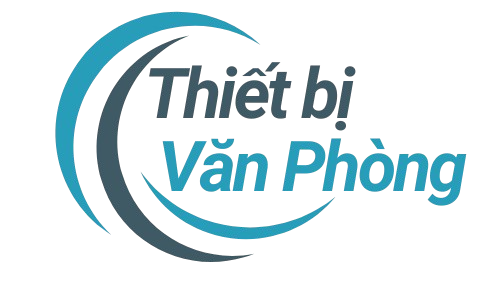Worldwide industry forces showcase intense rivalry between traditional producers and upcoming players. China-based OEMs lead EV development, securing nearly one-fifth of European industry presence. https://cars.edu.vn/
Technological breakthroughs drive growth in autonomous solutions and digital cars. L3 capabilities enable hands-free functionality while L4 tests grow in city zones.
Legislative standards intensify expectations with more rigorous pollution targets and safety mandates. The European Union’s CO2 caps necessitate automakers to achieve 75 g/km vehicle targets.
Location-specific developments emphasize different strategies – Mainland China utilizes state backing while India emerges as expansion hotspot through strategic funding.
Component innovations and eco-friendly projects obtain importance, with Bayerische Motoren Werke’s concept car demonstrating 65% decrease in lifecycle output through recycling model concepts.
Industry obstacles remain, such as lithium price fluctuations and employee issues associated with electric vehicle change. Strategic suggestions highlight diversification of supply chains and accelerated code-based development.
The route to 2030 demands balanced incorporation of flexible platforms, geographic plans, and eco-conscious methods to ensure wide-ranging progress across worldwide markets.
